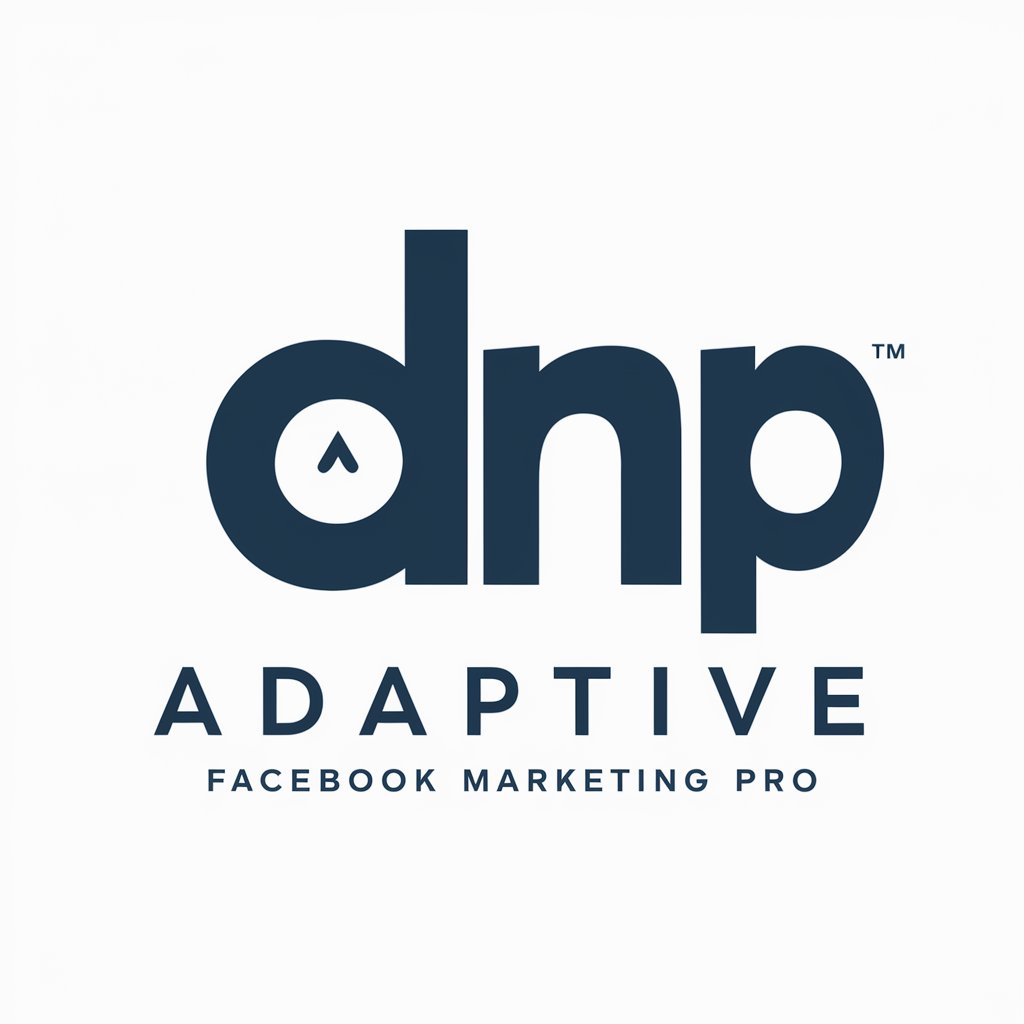
产品推荐-AI product recommendations
AI-powered recommendations for smarter buying.

产品推荐
Get Embed Code
Introduction to 产品推荐 (Product Recommendation)
产品推荐 (Product Recommendation) refers to the process of suggesting products to users based on their preferences, behaviors, or contextual data. These systems leverage algorithms, user data, and often machine learning to identify products that align with individual interests or needs. The design purpose of product recommendation systems is to enhance user experience by delivering personalized suggestions that increase engagement and sales. For example, e-commerce platforms like Amazon or streaming services like Netflix use these systems to recommend products or media content tailored to each user's previous interactions, purchase history, or demographic profile. These recommendations often improve conversion rates by presenting relevant items the user may not have otherwise found.
Main Functions of 产品推荐 (Product Recommendation)
Personalized Product Recommendations
Example
An e-commerce site recommends a pair of产品推荐 functions and users running shoes to a user based on their previous purchases of workout gear.
Scenario
A user who frequently buys fitness equipment is shown ads or suggestions for running shoes, protein powders, and gym wear. The system personalizes the recommendations by analyzing their past purchase data and browsing patterns.
Collaborative Filtering
Example
A movie streaming platform suggests movies based on users with similar watching patterns.
Scenario
Users who have watched a specific genre (e.g., sci-fi or horror) are shown movie suggestions that other users with similar tastes have enjoyed. This method doesn’t require the system to know the specific tastes of the individual but instead draws from the collective preferences of similar users.
Content-Based Recommendations
Example
A book recommendation system suggests books similar to a user’s past reading history, such as other science fiction novels after the user reads a famous sci-fi book.
Scenario
A user who has previously read multiple books in the mystery genre receives suggestions for new releases or lesser-known titles in that genre. The system uses attributes like author, genre, or themes to make its recommendations.
Contextual Recommendations
Example
A restaurant app recommends dishes based on the user's location or time of day.
Scenario
If a user opens a food delivery app during lunchtime, it might suggest sandwiches or salads. Later in the evening, the app might recommend heavier meals like pizza or pasta. Contextual data such as time of day, location, and user’s current mood or activity is integrated into these suggestions.
Cross-Platform Recommendations
Example
A fashion retailer might recommend items seen by a user on their desktop app while the user is browsing on their mobile app.
Scenario
If a user views a coat on an online fashion store via their desktop but doesn’t make a purchase, when they log into the app on their mobile device, they might see the same coat suggested as part of a ‘recommended for you’ section. The system tracks cross-platform activity to maintain consistency in recommendations.
Ideal Users of 产品推荐 (Product Recommendation)
E-commerce Shoppers
E-commerce shoppers are the primary users of product recommendation systems. They benefit from personalized product suggestions that help them find relevant items faster, increasing the likelihood of purchases. These users are often looking for ease of navigation and discovering products they might not have searched for explicitly. Personalized recommendations can enhance their shopping experience by presenting them with curated options based on their preferences, purchase history, and browsing behavior.
Media Consumers (Streaming Services)
Users of streaming services like Netflix, Hulu, or Spotify also benefit from product recommendation systems. These services often have vast libraries, and without personalized recommendations, users might feel overwhelmed. By using product recommendation algorithms, these services ensure users are presented with relevant content that matches their preferences, viewing history, and similar user behavior. This improves user satisfaction and helps maintain engagement by offering personalized experiences, such as recommending movies or shows based on the viewer's previous interactions with the platform.
Online Educators or E-Learning Platforms
E-learning platforms like Coursera or Udemy can use product recommendation systems to suggest relevant courses, certifications, or learning materials to users. These users benefit from a personalized learning experience that guides them toward courses that align with their skill level, learning goals, and previous course history. Such recommendations increase course engagement, improve learning outcomes, and help users discover additional educational resources they may not have initially considered.
Retailers with Physical Stores (Omnichannel Experience)
Retailers with both online and physical stores benefit from product recommendation systems that bridge the gap between the two. For instance, a user who buys shoes online may later be recommended accessories like belts or bags when they visit the physical store. Such systems provide an omnichannel experience, delivering personalized suggestions based on both online browsing history and in-store visits, leading to a more cohesive shopping experience and increased sales.
How to Use 产品推荐
Visit aichatonline.org for a free trial without login, also no need for ChatGPT Plus.
Open the site to start instantly—no account or subscription barriers.
Set prerequisites
Define your goal (e.g., laptop under $1,000, CRM for SMB), budget, region/currency, must‑haves (ports, integrations), nice‑to‑haves, and constraints (deadline, warranty, eco‑criteria).
Describe your context
Share who it’s for (student, gamer, team of 10), usage patterns, existing ecosystem (Apple/Windows, HubSpot/Slack), and any candidate list or links you already have.
Request the right output
Ask for side‑by‑side comparisons, pros/cons tables, tiered picks (best overall, value, premium), scoring rubrics, checklists, or ‘if‑this‑then‑that’ recommendations tailored to scenarios.
Refine & finalize
Iterate with trade‑offs (performance vs battery, price vs features), stress‑test edge cases, and finish with a shortlist plus action items to verify specs, stock,How to use 产品推荐 and local pricing.
Try other advanced and practical GPTs
紫砂网销
AI-powered tool for content & automation.

机器国 · 角色一致性画师
AI-generated consistent character designs.

なんJクソスレ・シミュレーター
AI-driven simulation of 2chan-style threads.

DECGPT : Revue de mémoire
AI-powered memory review and content enhancement

OpenFOAM Assistant
AI-powered OpenFOAM guidance for setup, debugging, and optimization.
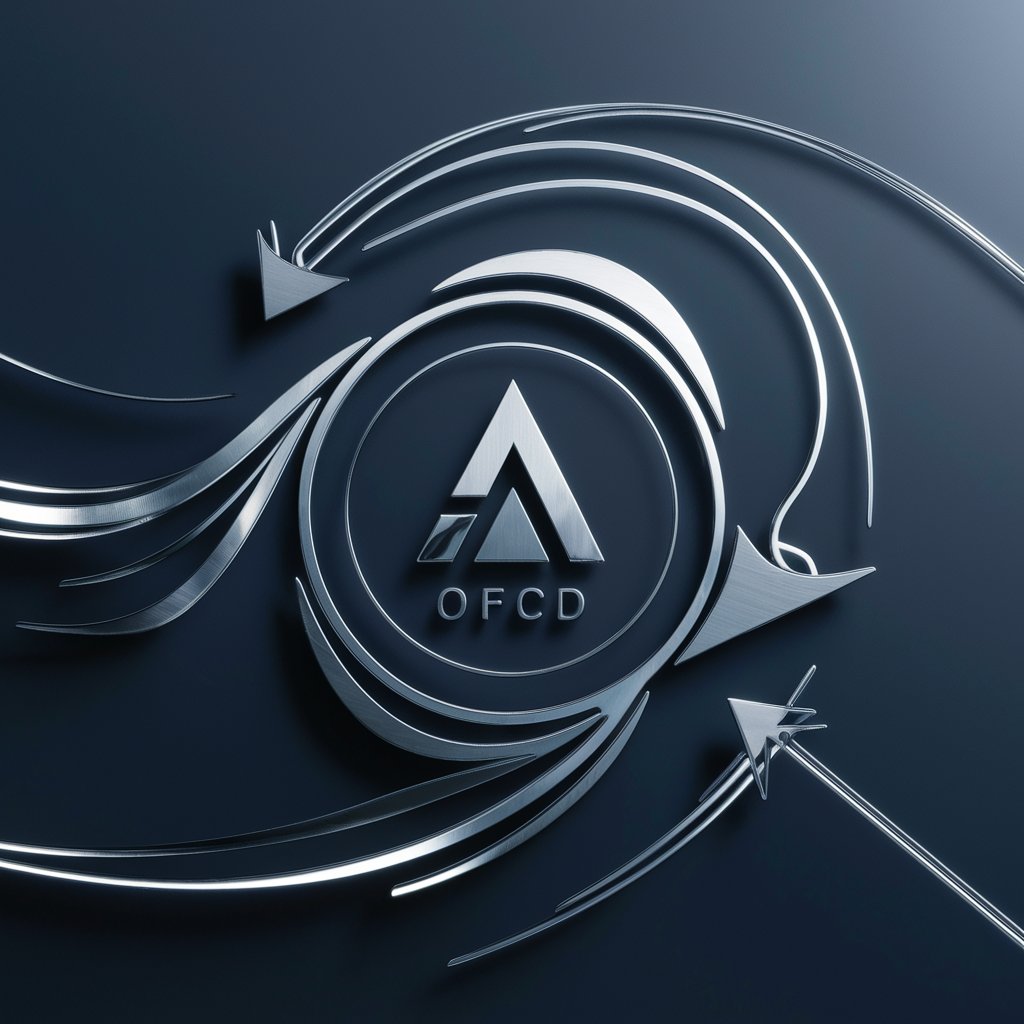
PDF zusammenfassen
AI-powered PDF summarization made easy.

周易预测·梅花易数
AI‑powered Meihua Yishu guidance for smarter choices.
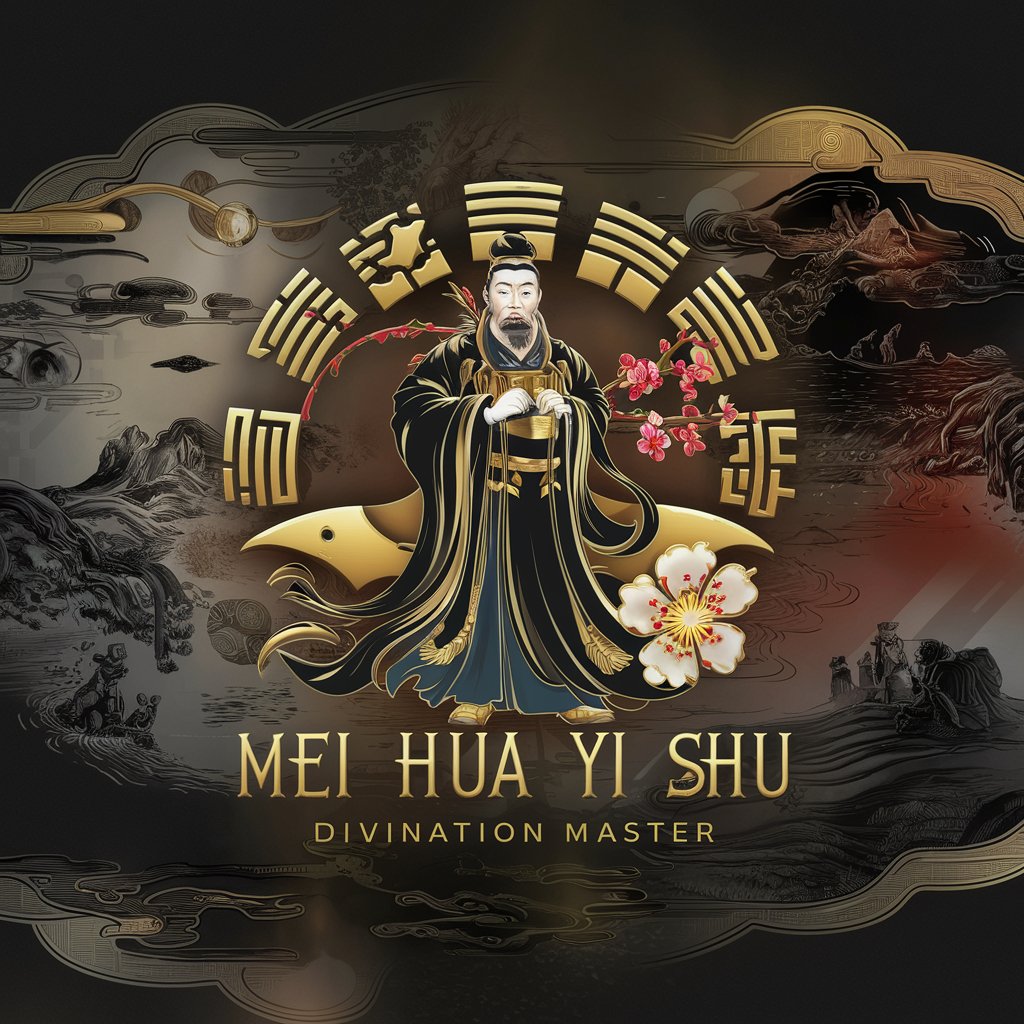
Web3 Blockchain Expert
AI-driven insights for blockchain solutions.

今日头条promax
AI-powered content creation at your fingertips
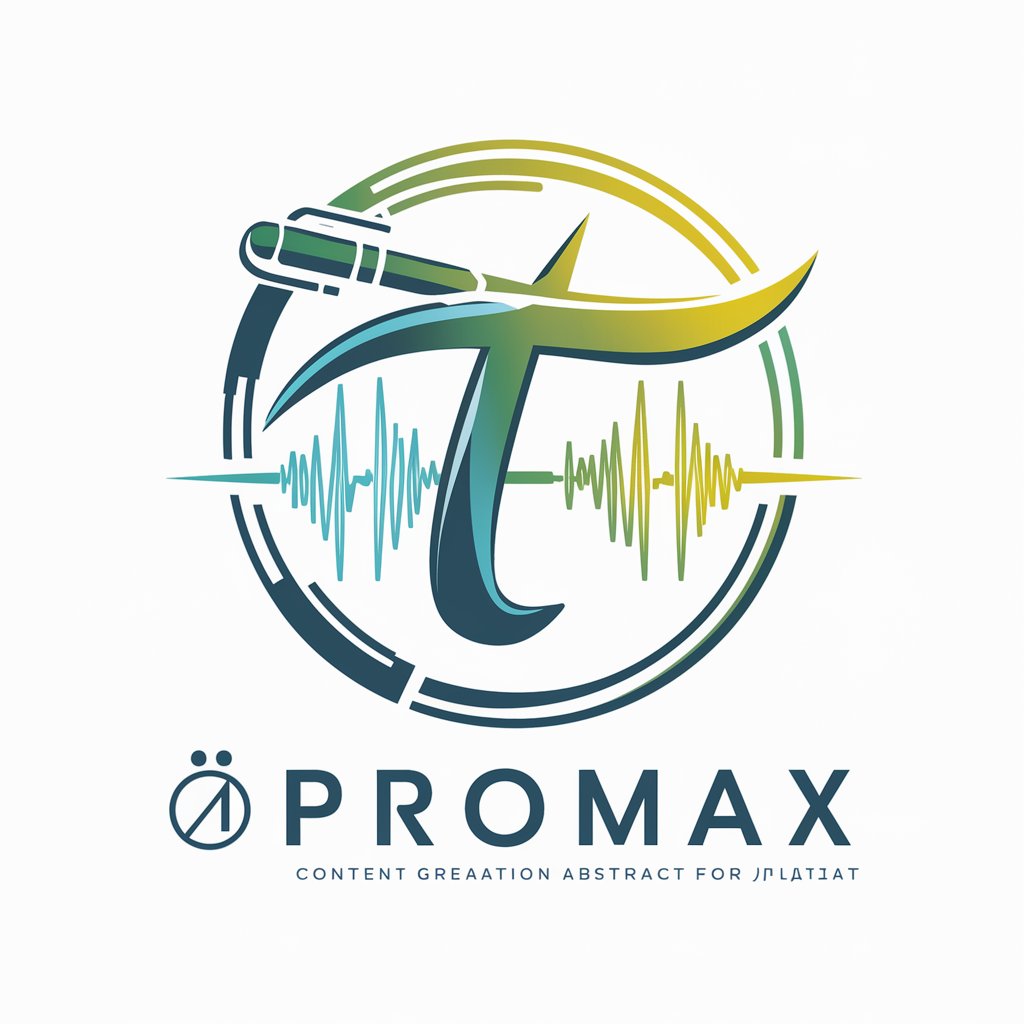
CONTADOR Inteligente
AI-powered tax and compliance for Brazilian construction.
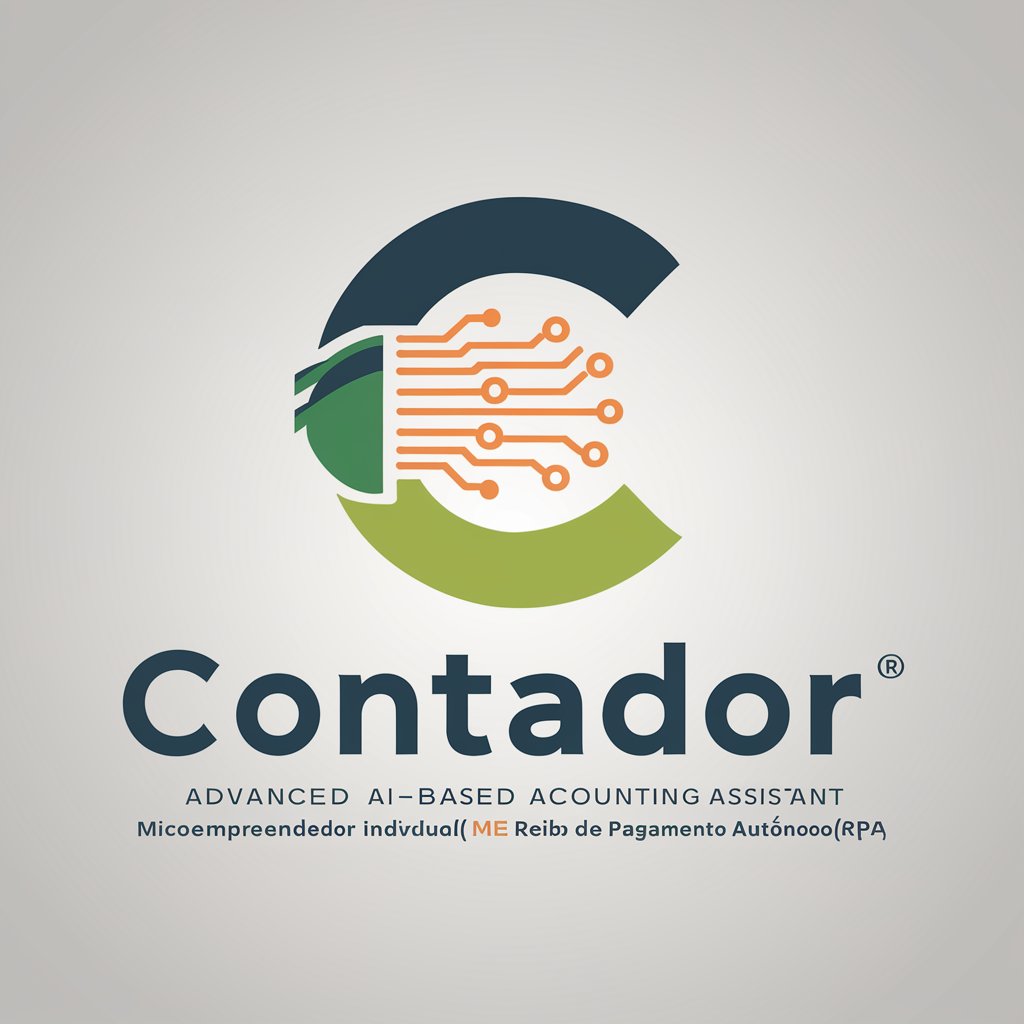
WP Plugin Developer Pro
AI‑powered, standards‑compliant WordPress plugin development.

Transcrição Aprimorada para Texto
Effortless AI-powered transcription for all needs
- Product Research
- Gift Ideas
- Buying Guide
- Vendor Selection
- Comparison
Top Q&A about 产品推荐
What exactly can 产品推荐 do for me?
It turns your requirements into clear, defensible product choices. Expect curated shortlists, comparison matrices, pros/cons, budget tiers, and scenario‑based picks—covering consumer tech, SaaS, services, learning tools, and more. It also explains trade‑offs in plain language so you understand the ‘why’ behind each recommendation.
How do you tailor recommendations to different users or teams?
By capturing persona, workload, ecosystem, and constraints. For instance, we’ll optimize for battery and portability for students, I/O and color accuracy for creators, or TCO and admin controls for IT. We can align to compliance needs, accessibility, sustainability preferences, and region‑specific availability.
Do you fetch live prices or inventory automatically?
No—live pricing and stock aren’t fetched automatically. Share candidate links or pasted specs and we’ll analyze them, build ready‑to‑search queries, and provide a verification checklist so you can confirm current price, warranty, vendor reputation, and return policies before purchasing.
What input helps you deliver the best results?
Provide budget range, region/currency, must‑haves vs nice‑to‑haves, usage intensity (hours/day, workloads), lifespan target, preferred ecosystem, and any deal‑breakers (weight, ports, data residency). If you have contenders, paste them—we’ll score and rank with transparent criteria.
Can you export or structure outputs for teams?
Yes. We can produce Markdown/CSV comparison tables, decision checklists, scoring rubrics with weighted criteria, and executive summaries. These are easy to paste into docs, Notion, Sheets, or tickets, enabling quick stakeholder review and sign‑off.


